If you're revamping your bathroom or exploring new design ideas, you may have come across the intriguing concept of a stand alone tub within a shower space. This hybrid design has been making waves in modern bathroom renovations and for good reason. But is this luxurious yet functional setup right for your home? Let's break down everything you need to know—from design tips to practical considerations.
What is a Stand-Alone Tub in a Shower?
A stand-alone tub in a shower means integrating a freestanding bathtub directly into the shower area, creating a wet room experience. Essentially, both the tub and shower share the same enclosure. This trend combines sleek design with efficient space utilization, making it a popular choice for homeowners who value aesthetics and practicality.
This innovative layout is perfect for those who want the best of both worlds—a relaxing soak in the tub and a quick, refreshing shower—all within the same space.
Why Choose a Stand-Alone Tub in Your Shower?
There’s no denying that this design concept offers several advantages. Here’s why it might be the perfect fit for your bathroom:
1. Space-Saving Solution
For smaller bathrooms, combining a bathtub and shower can save significant space. Rather than dedicating separate areas for these amenities, you can optimize your layout while maintaining a modern and cohesive design.
2. Luxurious Aesthetic
A stand-alone tub exudes elegance and sophistication. Pairing it with a minimalist shower enclosure can elevate your entire bathroom’s aesthetic, giving it the appearance of a high-end spa retreat.
3. Easier Cleaning
Having one enclosed area for the tub and shower minimizes the need for multiple partitions or barriers, making cleanup more manageable. Water splashes are contained to a single zone, reducing the worry about wet floors outside.
4. Enhanced Functionality
Whether you need a speedy rinse or plan to indulge in a soak, the combination setup ensures your space serves multiple purposes without compromising on comfort.
5. Improved Resale Value
Bathrooms are a key focus in home resale, and upgrading with a modern feature like a stand-alone tub in a shower can make your property more appealing to potential buyers.
But while it’s easy to fall in love with the concept, there are certain practicalities and limitations to consider before committing to the design.
Things to Consider When Installing a Stand-Alone Tub in a Shower

Integrating a stand-alone tub into your shower area isn’t as simple as plopping a tub into an enclosure. Thoughtful planning is required to ensure the space is functional, safe, and visually cohesive. Below are some key factors to keep in mind:
1. Bathroom Size and Layout
While this setup works wonders in compact bathrooms, it still requires careful planning. Evaluate your available space to ensure the combined enclosure will not feel cramped. Larger bathrooms often carry the design better, as they leave enough room to breathe around the tub and shower.
2. Material Choices
Both your tub and shower must withstand consistent exposure to water and humidity. Popular materials for tubs include acrylic, cast iron, and stone resin for durability. For the shower area, consider non-slip tiles (for safety) and materials that are resistant to mold and mildew.
3. Drainage
Proper drainage is essential in a wet room setup. Without the right slope in your shower flooring, water could pool around the tub. A professional contractor can help install an effective drainage system to keep the area dry and hygienic.
4. Waterproofing
Given the high level of water exposure, thorough waterproofing is a must. Ensure walls, flooring, and seams are sealed adequately to prevent moisture buildup and subsequent water damage. Using waterproof paint or cement backer boards for walls can also provide a protective layer.
5. Ventilation
Moisture can cause problems like mold or mildew if your bathroom lacks adequate ventilation. Incorporate exhaust fans or windows to keep the space properly ventilated.
6. Accessibility
Climbing into a bathtub that’s inside a shower enclosure may not be suitable for everyone, particularly individuals with limited mobility. Design with accessibility in mind by choosing lower-profile tubs or adding built-in grab bars.
7. Maintenance
Remember, this is effectively a high-moisture area. It will require routine cleaning to avoid water stains, soap scum, or limescale buildup—especially on glass partitions and the tub itself.
8. Plumbing
Since you’ll need plumbing connections for both the tub and showerhead in the same zone, ensure the setup is practical and visually seamless. Consult a plumber early in the planning process to avoid complications later.
Pro Tip: Partner with a contractor or designer who has experience with stand-alone tubs in shower spaces to ensure you get the best results.
Design Tips for a Stand-Alone Tub in a Shower
To make the most out of this stunning design trend, here are a few creative tips to keep your space functional and stylish:
1. Stick to a Cohesive Color Palette
Choose neutral or complementary tones for the tub, tiles, and shower fixtures to create a cohesive look. For example, white tubs pair beautifully with dark tiles for a modern contrast.
2. Use Glass Partitions
Opt for frameless glass enclosures to maintain an open, airy feel. The transparency highlights the tub as the centerpiece without making the space feel divided.
3. Add Statement Fixtures
Selecting elegant fixtures (like a freestanding faucet for your tub or a rainfall showerhead) can make your setup even more luxurious.
4. Include Built-in Storage
Save space by incorporating recessed shelves or niches for shower products and bath essentials. These add convenience without interrupting the flow of the design.
5. Enhance Ambiance with Lighting
Add layers of lighting to elevate the mood. Soft LED strips or pendant lights can make the space feel relaxing, while task lighting above the shower can improve functionality.
6. Incorporate Natural Elements
Bring a touch of tranquility with natural materials like wood accents, greenery, or pebble tiles. These elements add warmth and balance to the otherwise sleek setup.
7. Frame the Tub Area
Highlight the tub with a design element, such as a feature wall with beautiful tiles or a unique color. This helps your stand-alone tub shine, even in a compact enclosure.
Who Is This Design Ideal For?
A stand-alone tub in a shower is excellent for homeowners in search of a modern and functional bathroom upgrade. Specifically, it suits:
· Those with limited bathroom space wanting to combine features
· Individuals who love a sleek, minimalist design
· Families who value multifunctional spaces
· Homeowners seeking to add resale value through luxe upgrades
However, it’s important to weigh the practicality of this setup against your unique needs and lifestyle. For example, if you’re someone who prefers showers over baths, a standalone tub may not be necessary.
Final Thoughts
A stand-alone tub in a shower is more than just a design trend—it’s a smart and stylish way to maximize functionality and create a stunning focal point in your bathroom. While it requires careful planning and execution, the end result can transform your bathroom into a space you’ll look forward to retreating to every day.
If you’re considering this upgrade, consult with a qualified contractor or designer to tailor the setup to your exact preferences and bathroom layout.

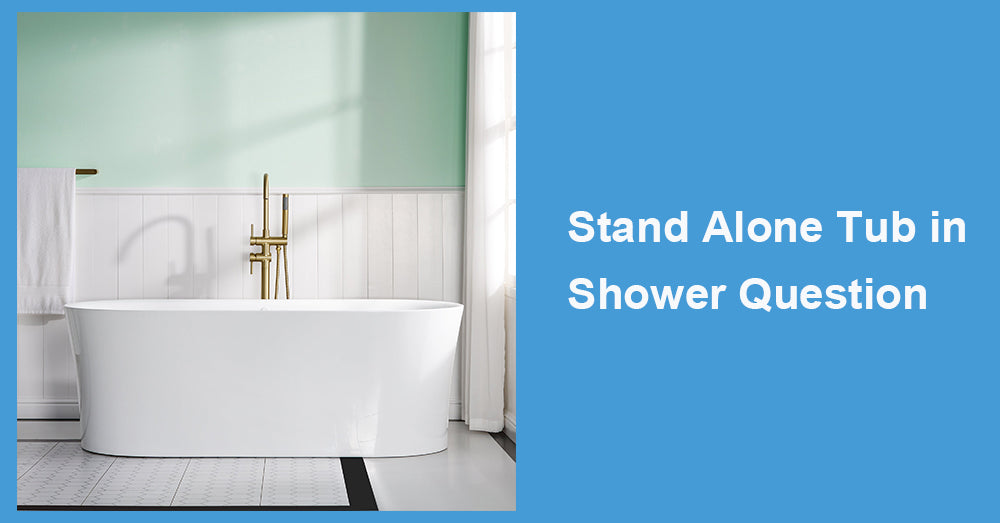
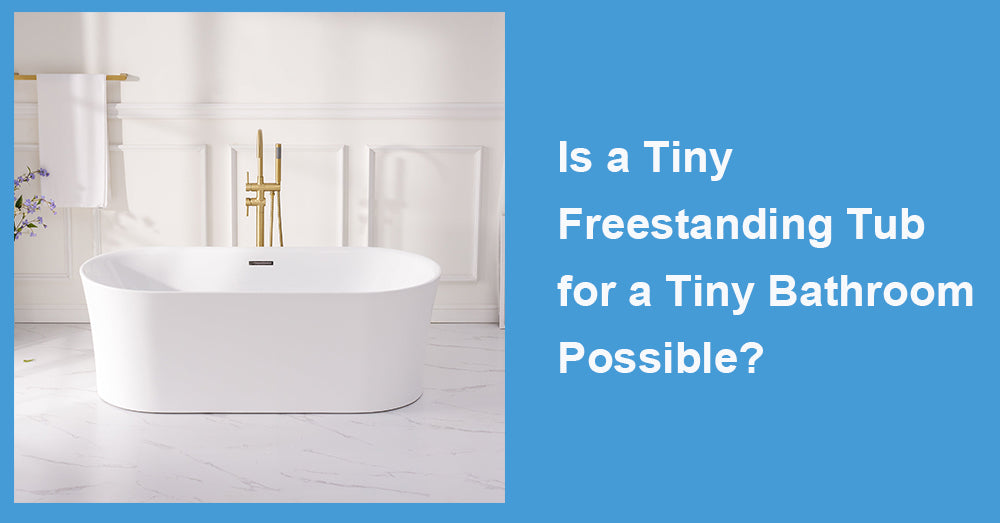
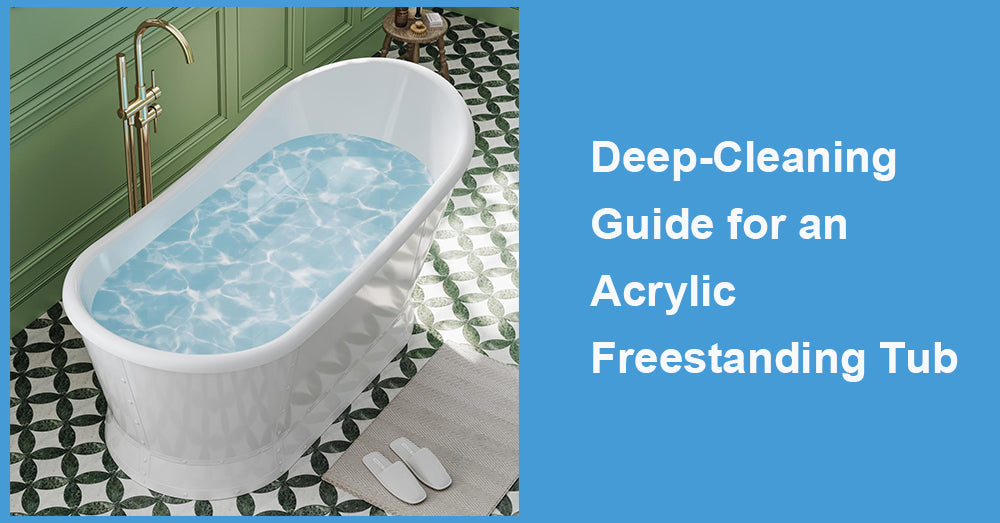
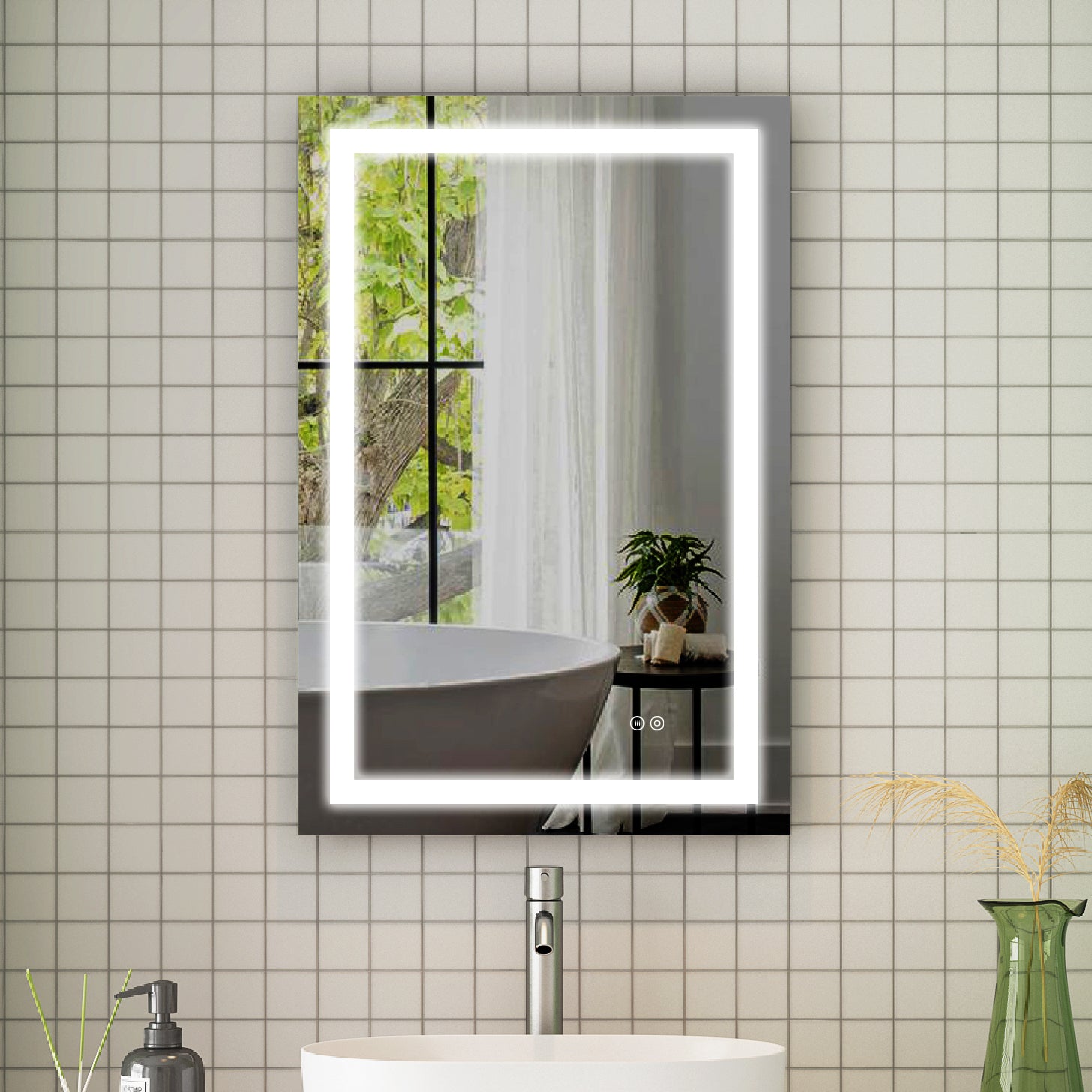

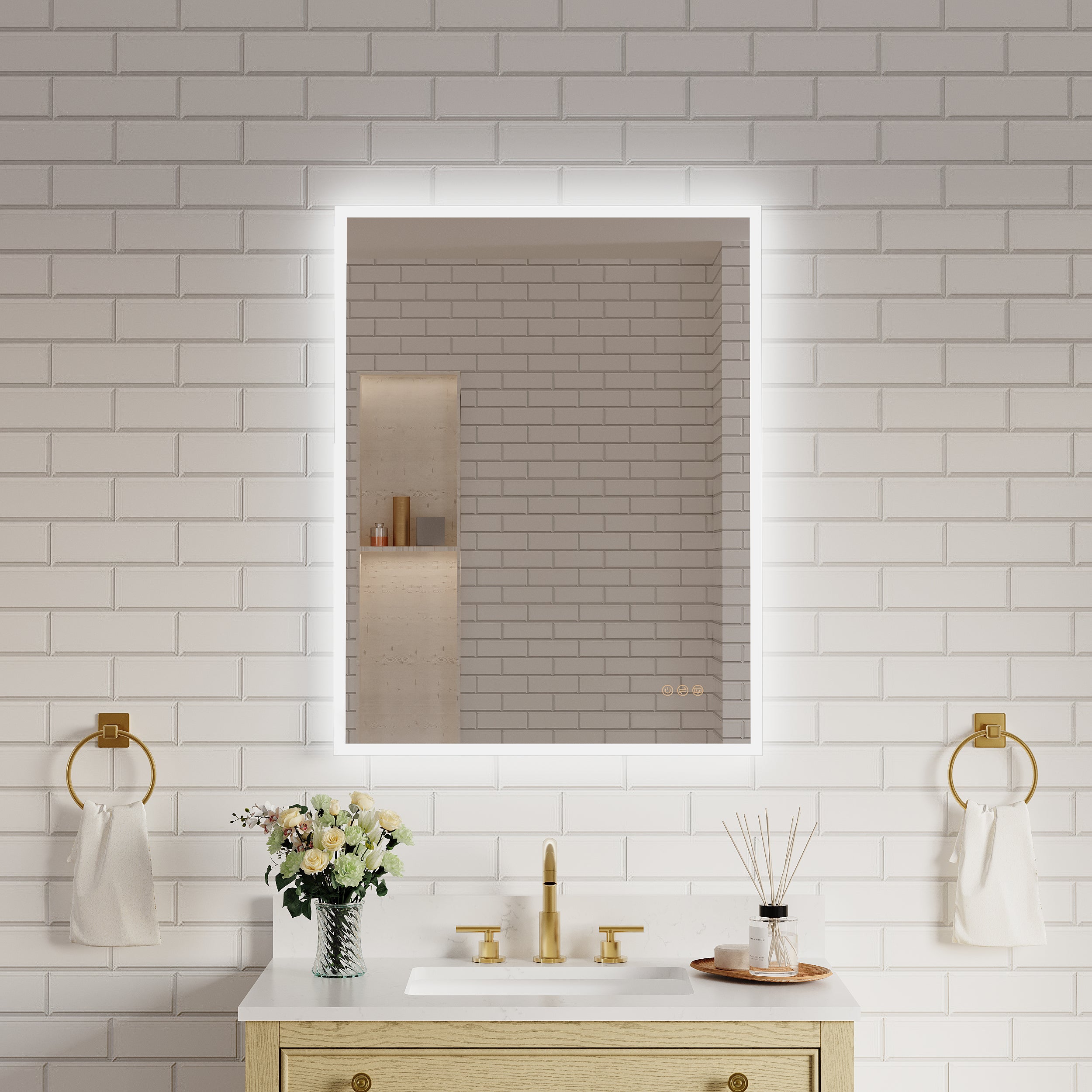

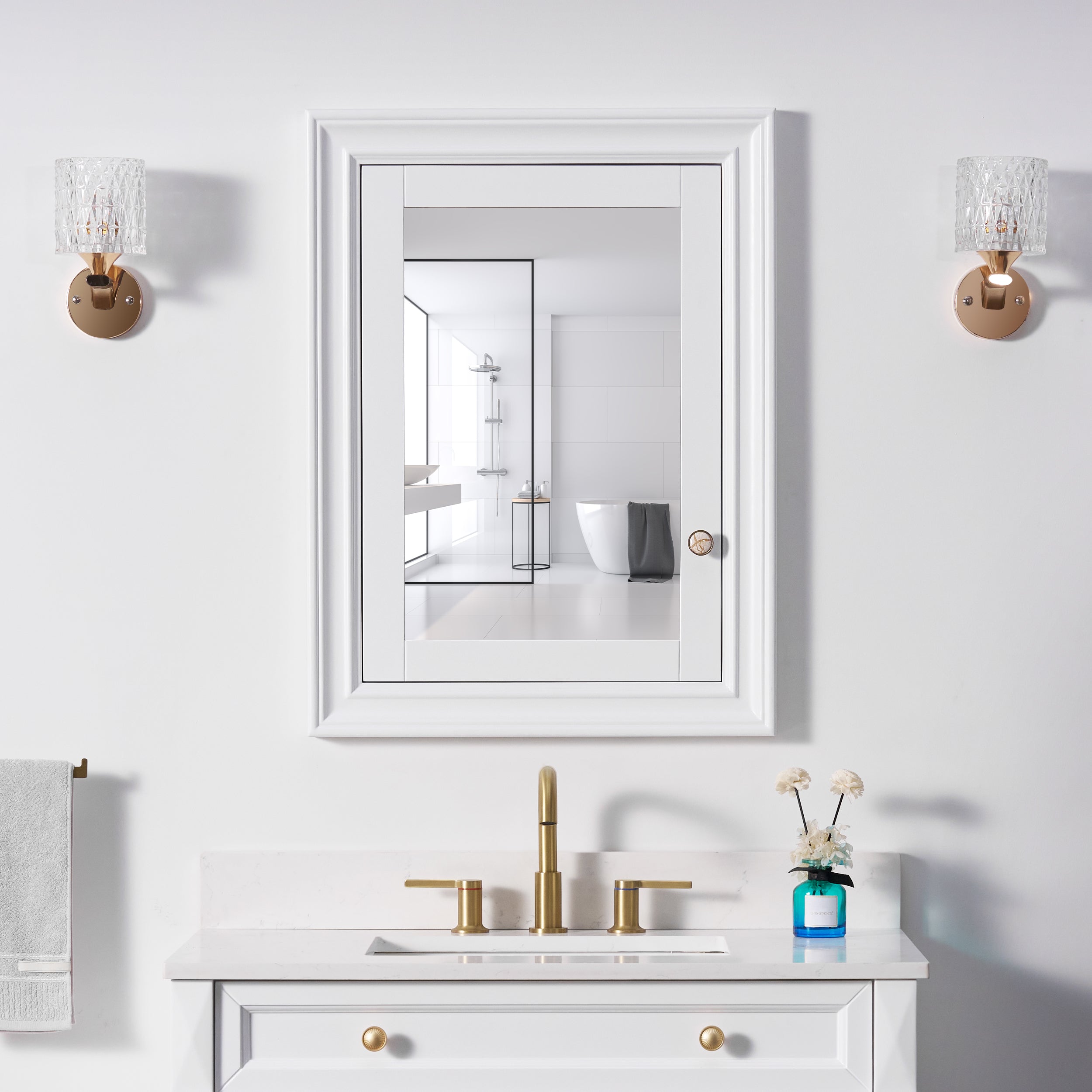
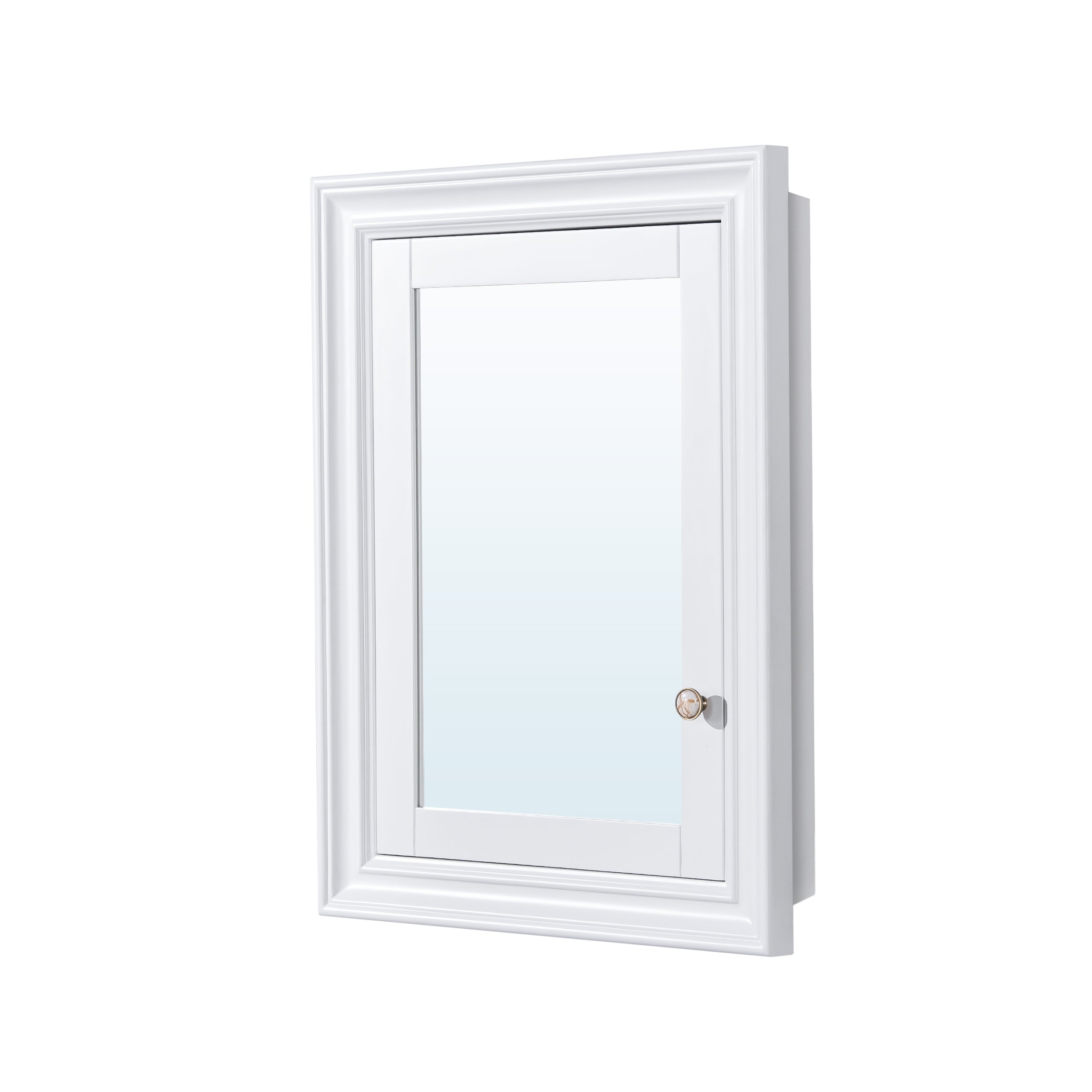
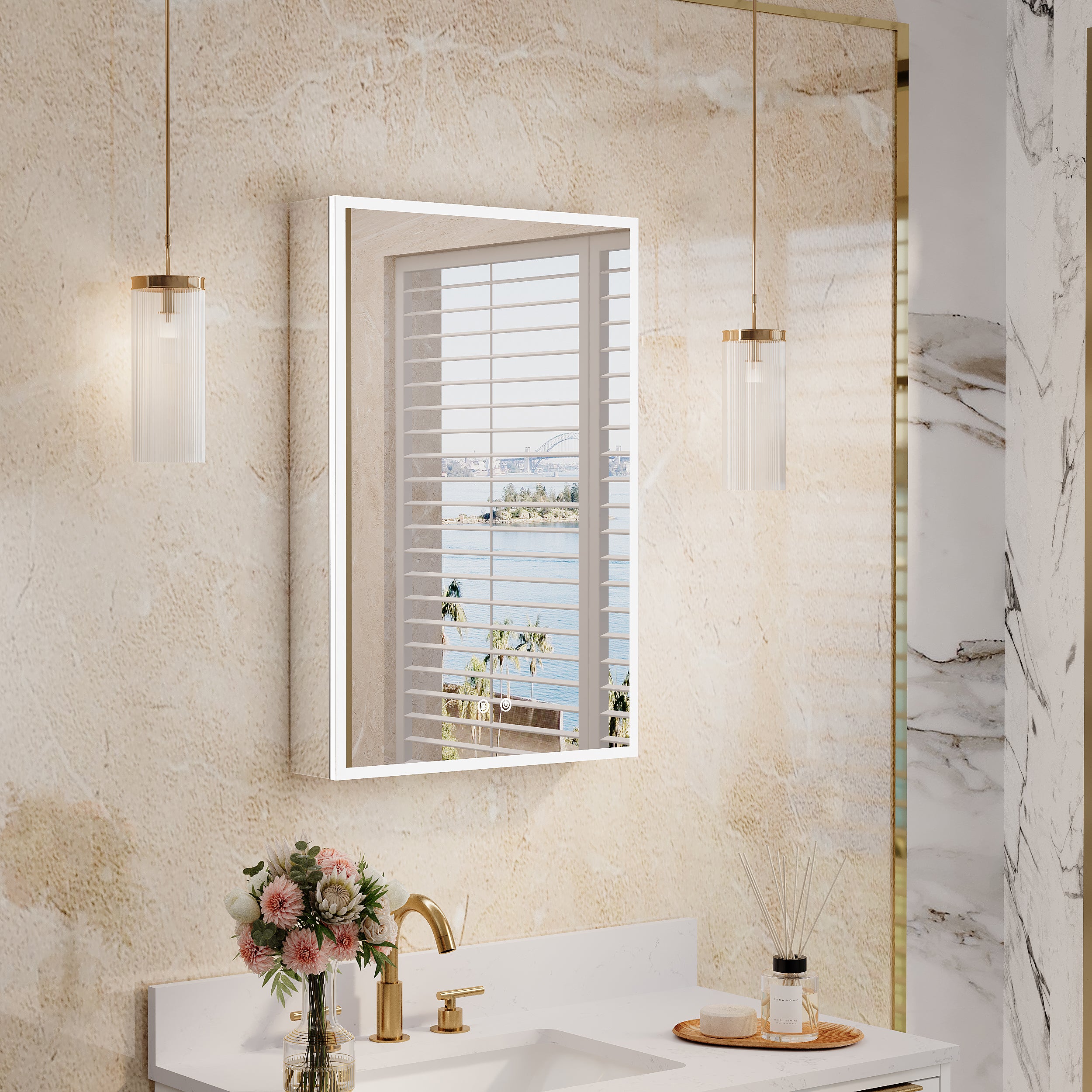
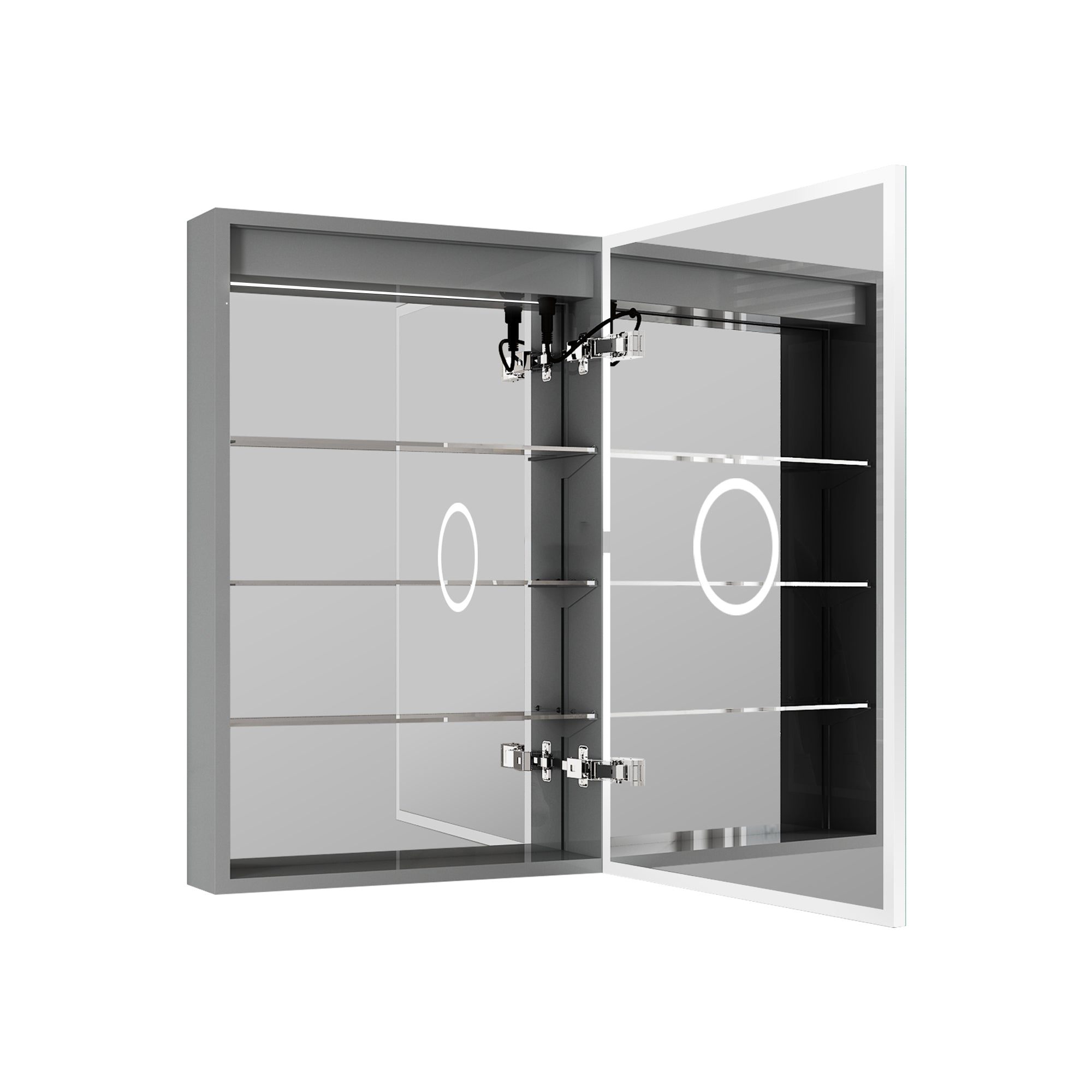
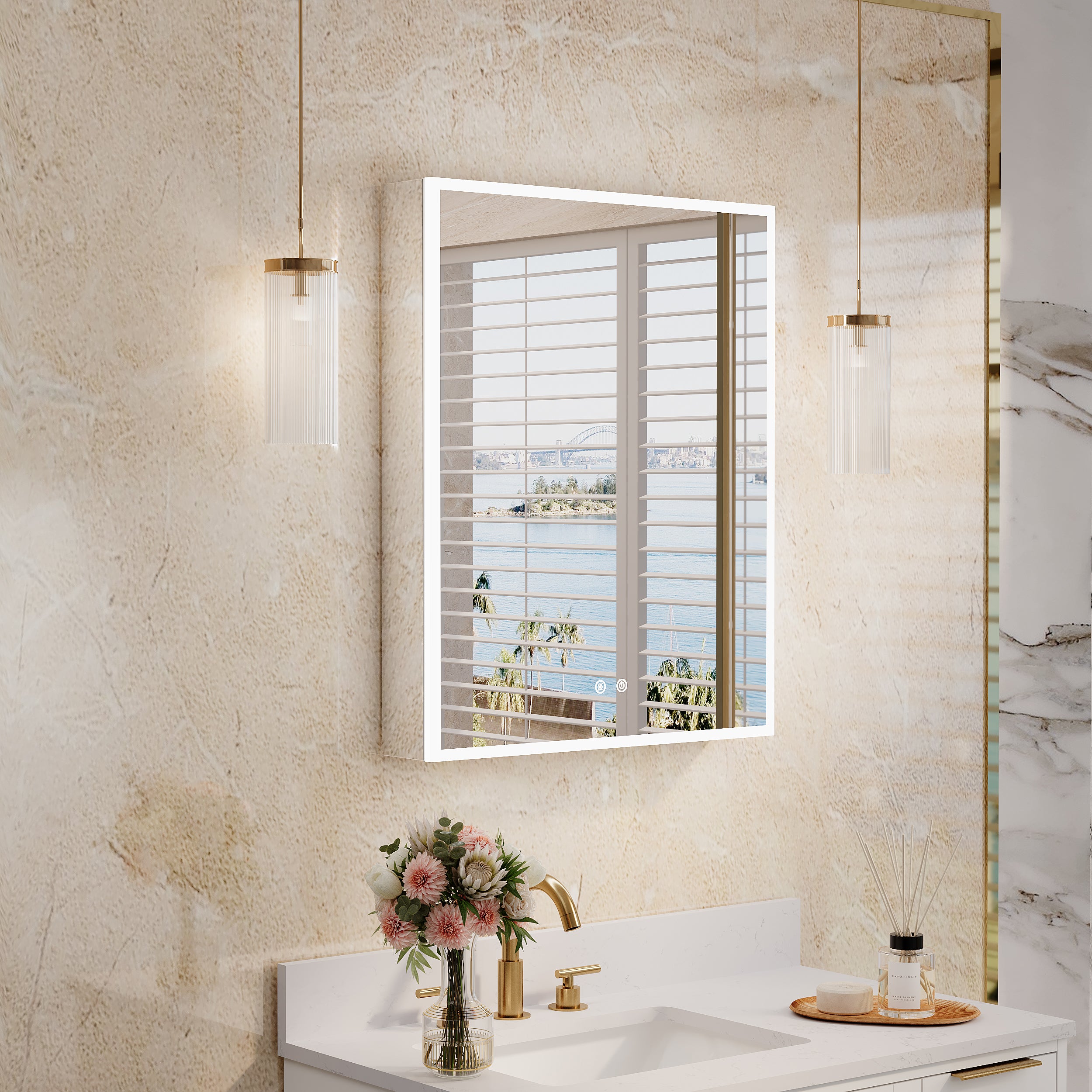
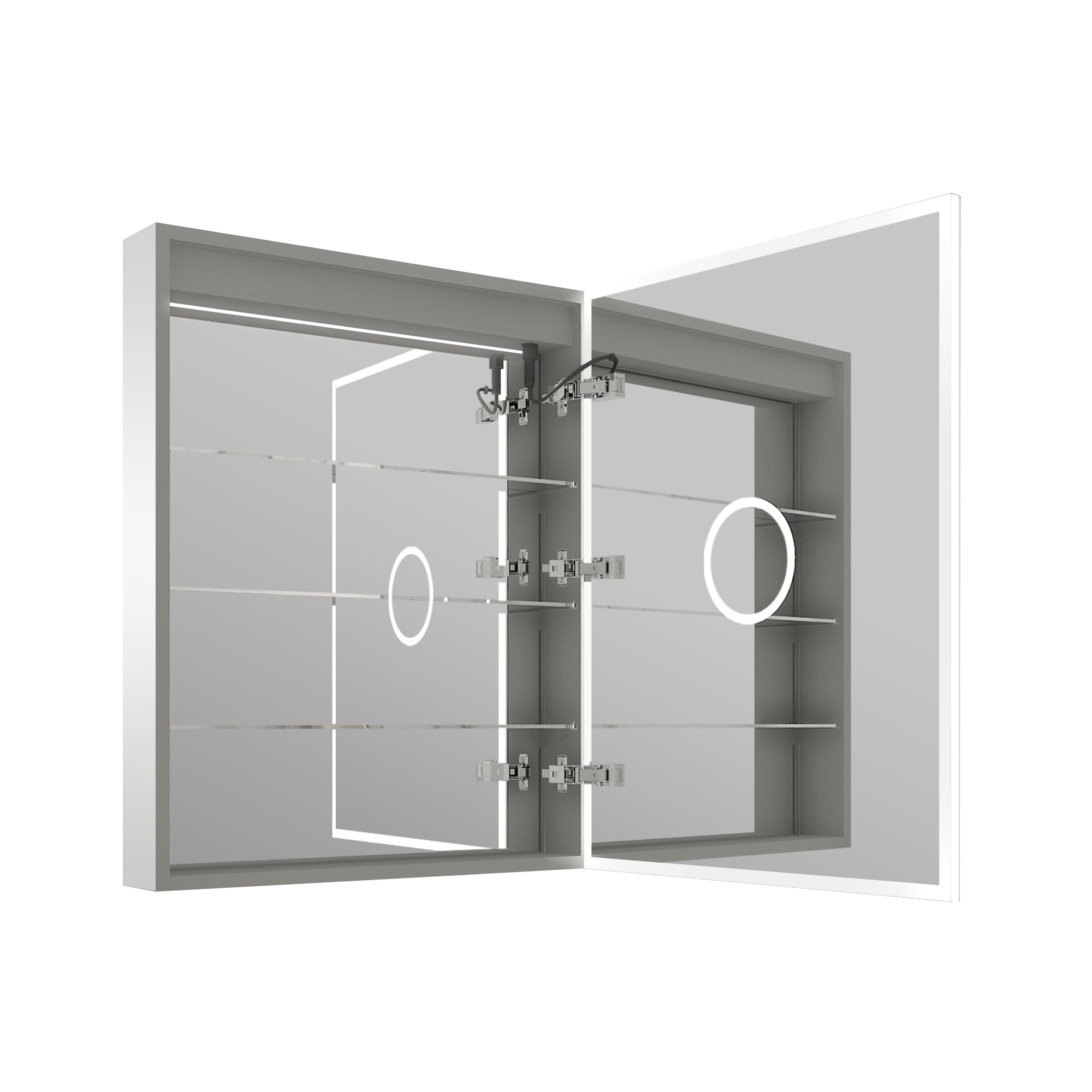
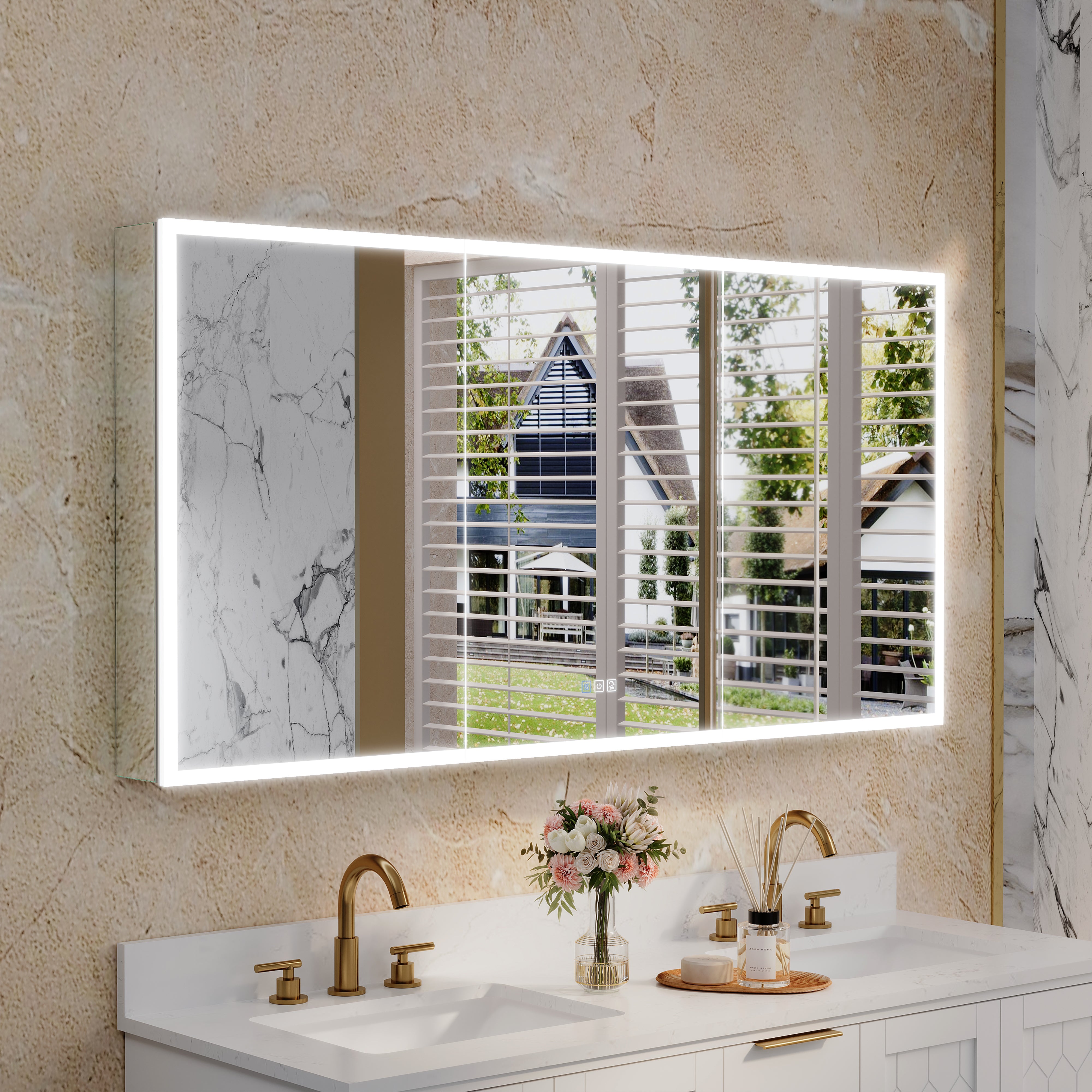

Leave a comment
This site is protected by hCaptcha and the hCaptcha Privacy Policy and Terms of Service apply.